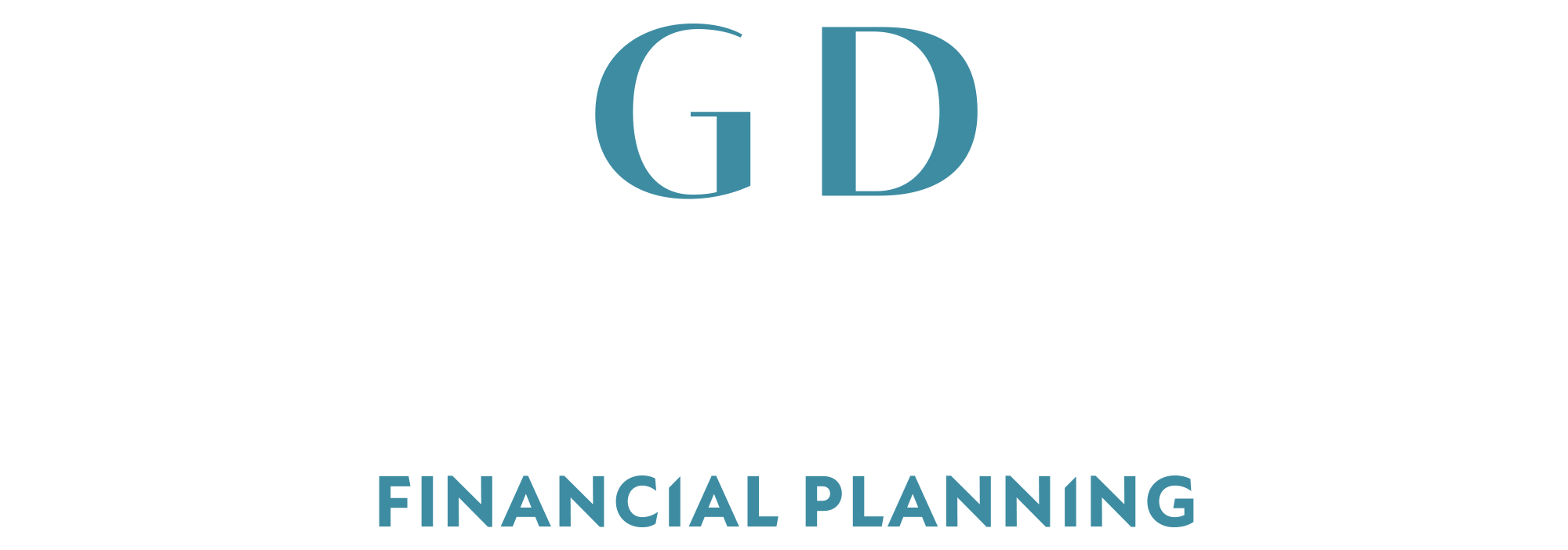Blog
Finding Opportunity in Trouble Waters | Investment
Investment markets have exhibited mixed behaviours so far this year, from fretfulness in the highly volatile first quarter, to growing confidence in the second. It is easy to see the risks in these troubled waters, especially given the media focus on some of them, but skillful navigation enables us to identify and making the most of the opportunities while minimising those risks.
Geopolitics
Earlier this year, President Trump’s seemingly successful meetings with North Korean leader Kim Jong Un sparked a lift in sentiment, but no material market reaction, possibly because it is difficult to fathom the near-term consequences of a warming toward Western counterparts from the currently hostile state.
If we look optimistically at North Korea opening up economically, the opportunities for increased trade for South Korean, Chinese and even US companies are immediately obvious. Examples similar to this exist throughout the world, especially in Europe, which has more political issues than most, so we try to look at the opportunities and the risks on a more fundamental level.
Global Financial Systems
While we are always on the lookout for signals of risk to global financial systems, especially those that could indicate an upcoming serious financial crisis like the one in 2008, this is a particular concern during periods of increased volatility, when it is important to ascertain the seriousness of the market movements. At the moment, these signals are hard to find: banks, the backbone of a growing economy, are well-capitalised (they hold a higher degree of liquid assets in relation to their potential liabilities) after various national and international legislation was passed to ensure that the collapses in financial institutions and the subsequent loss of confidence in the system do not occur as they did with Bear Stearns, Lehmann Brothers and Northern Rock, around a decade ago.
It is hard to imagine any one factor impacting markets on that scale again today, but many market commentators would point to Chinese debt as the most prominent contender. Today, the total amount of debt accrued by China is quite opaque as reliable figures are hard to ascertain, but the pace of its ascension seems to be moderating this and could be easily balanced out by the weight of assets, reserves and the power to ‘print money’ (via quantitative easing). So while this should be monitored, we do not believe it to be a significant factor in assessing financial conditions.
China’s autonomy has also led to healthy levels of growth year after year and today is no exception. A managed mass move of its citizens both geographically (from farmlands to cities) and socially (from manual labour to service-based jobs) is ongoing but has been the driver of an enormous amount of global growth over the last decade. Chinese companies such as Tencent (a conglomerate focused around internet services and social media), Alibaba (an enormously diverse online retailer) and Baidu (China’s dominant online search tool) dominate their industries and are giants that continue to grow.
Economic Indicators
Much of our investment research is based around economic growth and various metrics help us to build a picture of this in each region.
Gross Domestic Product (GDP), a measure of the market value of final goods and services produced within a nation, that many people are familiar with, is a backward-looking indicator that is helpful for understanding how we got where we are. When assessing risk and opportunity however, we prefer forward-looking indicators that should help us to see what patterns may emerge next.
Consumer confidence in the US, for example, is strong and has generally grown over the last 5 years. This figure, read alongside high employment and some degree of wage growth allows us to be confident that the US public will probably not stop spending in the near future and supports our belief that there is opportunity in stocks sensitive to this, such as Apple, Amazon and the Walt Disney Co.
Despite concerns over the US-China trade war, a forward-looking data-point, the Chinese Composite PMI (Purchase Managers Indices) looks to be in good shape, suggesting that the 400 businesses that make up the indices are optimistic about future prospects and are continuing to invest in their companies, something they would not do if they were uncertain. This gives us confidence that, if these 400 companies are optimistic, then the wider market will be too, suggesting opportunities in Asia and the wider world, as long as trade conditions remain reasonable.
A company’s earnings are its most vital element and are usually the most pertinent factor in its share price. As a company’s earnings grow, it often indicates that it is worth more than its current price and it therefore should grow in value. Earnings in all major regions have experienced a boost over the last 12 months and this expansion looks likely to continue, though maybe not at quite as swift a pace. Though excellent investments can be found in any market today, we continue to favour the US, Europe and Emerging Markets as those that can show the strongest growth and stability in global ‘earnings per share’ during a period of increased volatility.
Despite a strong global economy, we would expect the current environment of higher market volatility to continue, fuelled by global politics. While it would not be surprising if returns from investments are lower than those we have seen in the last expansionary decade, we are confident that we are well positioned to hold a steady course using solid opportunities to minimise potential losses.
 Tom Sparke IMC CertPFS (DM)
Tom Sparke IMC CertPFS (DM)
Investment Manager
GDIM: Discretionary Fund Managers
Newsletter
Sign up to have our latest content delivered straight to your email inbox.


 .
. 